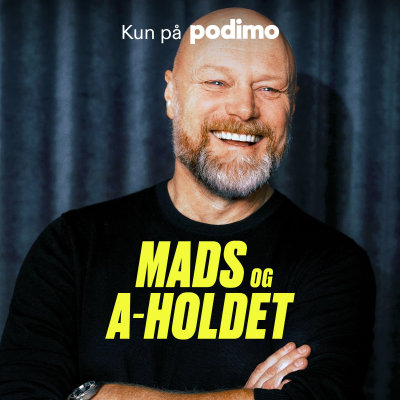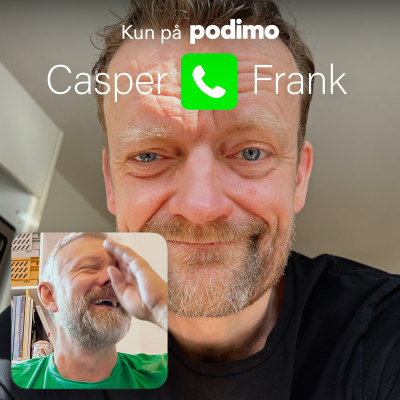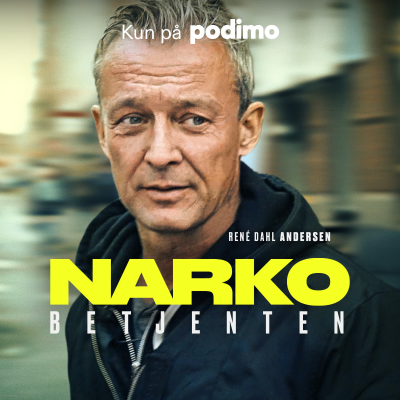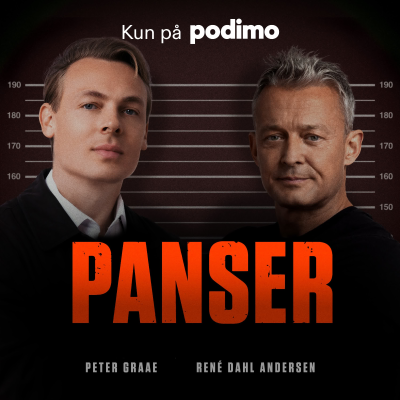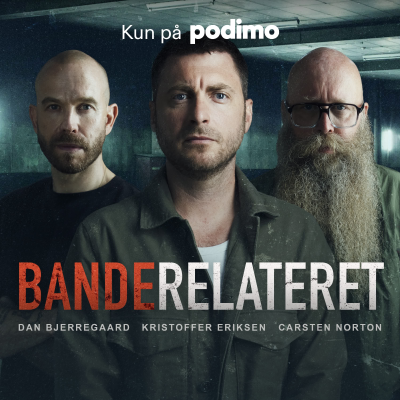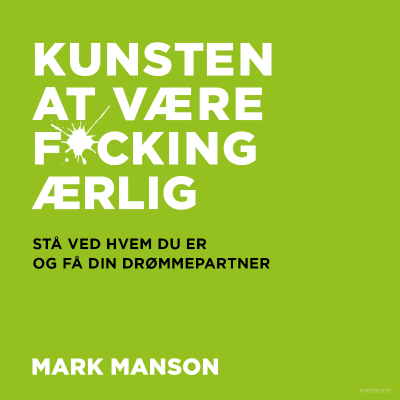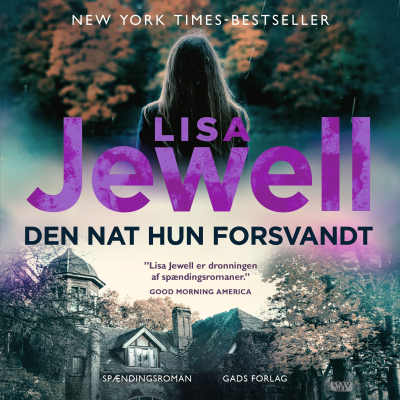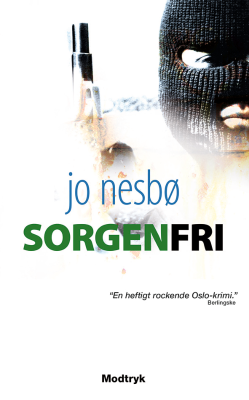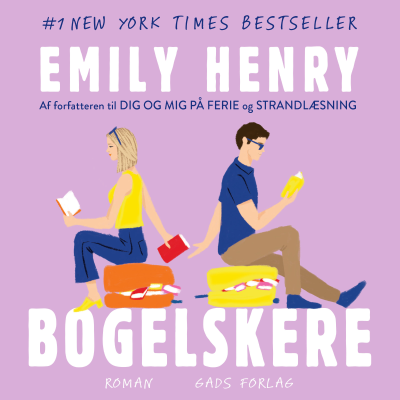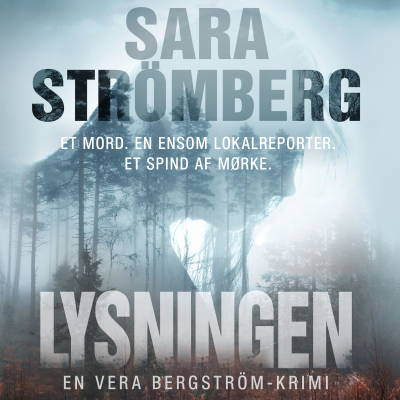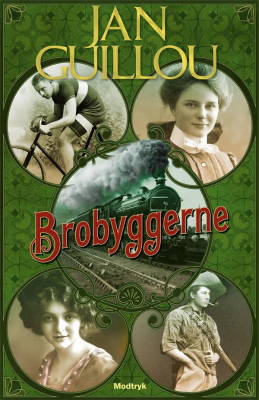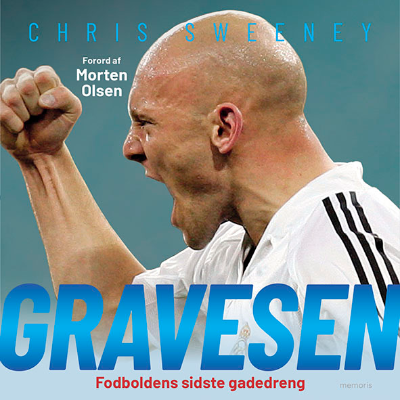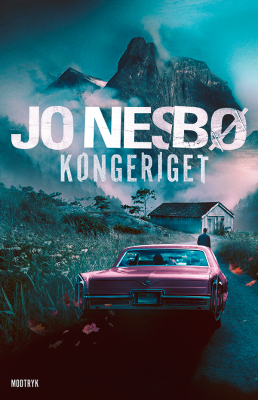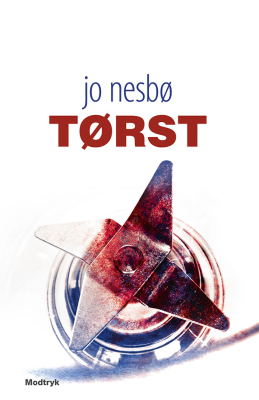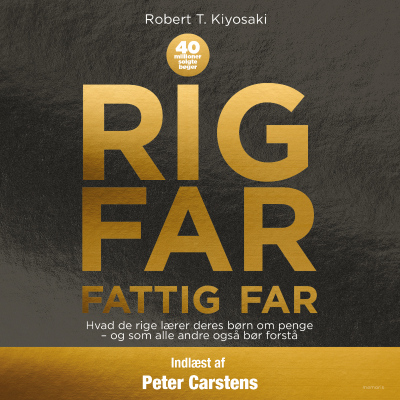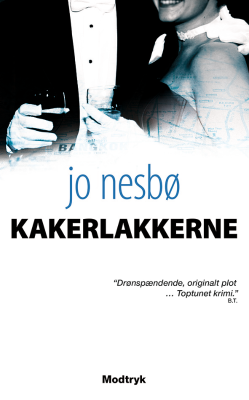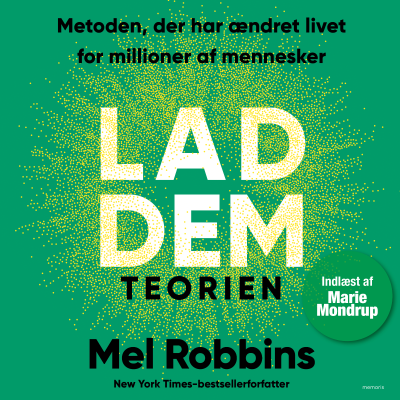
The Lonely Palette
engelsk
Kultur & fritid
Begrænset tilbud
1 måned kun 9 kr.
Derefter 99 kr. / månedOpsig når som helst.
- 20 lydbogstimer pr. måned
- Podcasts kun på Podimo
- Gratis podcasts
Læs mere The Lonely Palette
Welcome to The Lonely Palette, the podcast that returns art history to the masses, one painting at a time. Each episode, host Tamar Avishai picks a painting du jour, interviews unsuspecting museum visitors in front of it, and then dives deeply into the object, the movement, the social context, and anything and everything else that will make it as neat to you as it is to her. For more information, visit thelonelypalette.com | Twitter @lonelypalette | Instagram @thelonelypalette.
Alle episoder
125 episoderEp.70 - Norman Rockwell's "Freedom of Speech" (1943)
“I was showing the America I knew and observed to others who might not have noticed.” - Norman Rockwell Whether arguing for soft versus hard taco shells or the Neo-Nazi right to march in Skokie, freedom of speech is a fundamental right we all enjoy as Americans. But it turns out that telling people that is pretty complicated, actually. Thank goodness we have Norman Rockwell, virtuosic photorealistic painter and America's crown prince of nostalgia, to help us understand our fundamental freedoms from the intimacy of the magazines fanned across the coffee tables inside our homes. See the images: https://www.thelonelypalette.com/episodes/2025/6/4/episode-70-norman-rockwells-freedom-of-speech-1943 Music used: The Andrews Sisters, "Bei Mir Bist Du Schoen" The Blue Dot Sessions, “The Zeppelin,” “Lord Weasel,” “No Smoking,” “Transeless,” “Silver Lanyard,” “Ice Tumbler,” “Sino de Cobre,” “Georgia Overdrive,” “The Consulate”
Ep. 69 - Yee Sookyung's "Translated Vase" (2011)
“It is not about fixing or mending, but about celebrating the vulnerability of the object and ultimately myself.” - Yee Sookyung Shattered porcelain is impossible to repair. As impossible as fully, and accurately, reconstructing the past. But who needs that pressure? What if, instead of tossing those shards in the dustbin of history, we acknowledged that the thing will never be what it once was? Maybe then we appreciate the beauty, and the human resilience, of what new things it could be, in the now. See the images: https://www.thelonelypalette.com/episodes/2025/2/26/episode-69-yee-sookyungs-translated-vase-2011 Music used: Billy Joel, “You May Be Right” The Blue Dot Sessions, “Littl Jon,” “The Dustbin,” “BlueGarden,” “Nesting,” “A Rush of Clear Water,” “A Common Pause” Leonard Cohen, “Anthem”
TLP Interview with Annea Lockwood, Artist and Composer
"It's the close focus that draws me into a sound. And then it sort of spreads out and spreads through my body. And I let that happen, and I'm listening in a different way." - Annea Lockwood The artist and composer Annea Lockwood is not just any musician. She is an artist of sound. She is a composer of art. Her music is performance art, and her art is always, always audio-rich and musical. She sends her microphones into the elements – fire, here, and rivers, in a recent series called Sound Maps, where she captures, among other things, the tonality of the different depths of the water. She loves chanting, tones, drones. She loves what sound does to our body, how we respond to it, how we visualize it. How sound breathes. How we breathe differently around different sounds. And for me, as an art historian who fell in love with sound, I get it. I think I get it. And this is what today’s conversation is about. Annea joined me to talk about what it means to listen with your body, to experience the silence in all the noise, and the noise in the silence. We talk about the value of musical training versus musical instinct. We talk about how rivers sound different from one another (they really do!). And we explore what an artist from New Zealand who gained prominence in the 1960s burning pianos can teach us about the art of sound, and what she can learn from her 85-year-old self, today. Episode webpage: https://www.thelonelypalette.com/interview/2025/2/27/annea-lockwood-composer-and-artist Music used: The Blue Dot Sessions, "Brer Rhetta," “A Common Pause,” "Tanguedo" Episode sponsors: Art of Crime The Seattle Prize Visual Arts Passage Support the show by becoming a patron or by just sending us a tip.
Ep. 68 - Felix Gonzalez-Torres' "Untitled (March 5th) #2" (1991)
"The only thing permanent is change." - Felix Gonzalez-Torres There is no way around it. The work of Felix Gonzalez-Torres, a gay, Cuban-American artist who responded to - and died during - the AIDS crisis of the 1980s and 90s, is sad. His work is a memorial, both to a lost generation and to his own partner, Ross. Yet it is through these seemingly banal, industrial, or every day materials, and the powerful metaphor that they represent, that we can best get to the root of what loss can mean. And, maybe, healing as well. See the images: https://www.thelonelypalette.com/episodes/2025/2/10/episode-68-felix-gonzalez-torres-untitled-march-5th-2-1991 Music used: The Blue Dot Sessions, “A Little Powder,” “Lerennis,” “Taoudella,” “The Melt,” “Rafter” Open Book, “Second Chance” Episode sponsors: Art of Crime The Seattle Prize Visual Arts Passage Smartist App With extra special thanks to Martin Young.
TLP Interview with Sebastian Smee, Art Critic, The Washington Post
“In the end, what interests me is the way art connects with life. Because otherwise, I don’t quite understand what it’s for.” - Sebastian Smee Sebastian Smee has been the art critic for the Washington Post since 2018, but has written extensively about art for every publication you can think of, from here to his native Australia, and winning a Pulitzer prize for criticism along the way. Both his prose and his love of the work leaps off the page and into your lap, offering a guiding hand past the velvet rope, not just for his readers, but for himself: he’s a critic who is constantly looking inward, curious about his own responses to artworks, and what it can teach him about teaching us. Sebastian joined me to discuss his latest book, “Paris in Ruins: Love, War, and the Birth of Impressionism,” as well as writers on writing, becoming an expert about a movement on deadline, how looking back at the muddiness of a historical moment can help us understand the muddiness of ours, and what happens when art critics are themselves at a loss for the words to express why they just love this or that painting so darn much. See the images: https://www.thelonelypalette.com/interview/2025/2/6/sebastian-smee-art-critic Music used: The Blue Dot Sessions, “Town Market,” “Night Light,” “Brass Buttons” Episode sponsor: The Art of Crime Podcast
Vælg dit abonnement
Begrænset tilbud
Premium
20 timers lydbøger
Podcasts kun på Podimo
Gratis podcasts
Opsig når som helst
1 måned kun 9 kr.
Derefter 99 kr. / måned
Premium Plus
100 timers lydbøger
Podcasts kun på Podimo
Gratis podcasts
Opsig når som helst
Prøv gratis i 7 dage
Derefter 129 kr. / month
1 måned kun 9 kr. Derefter 99 kr. / måned. Opsig når som helst.

